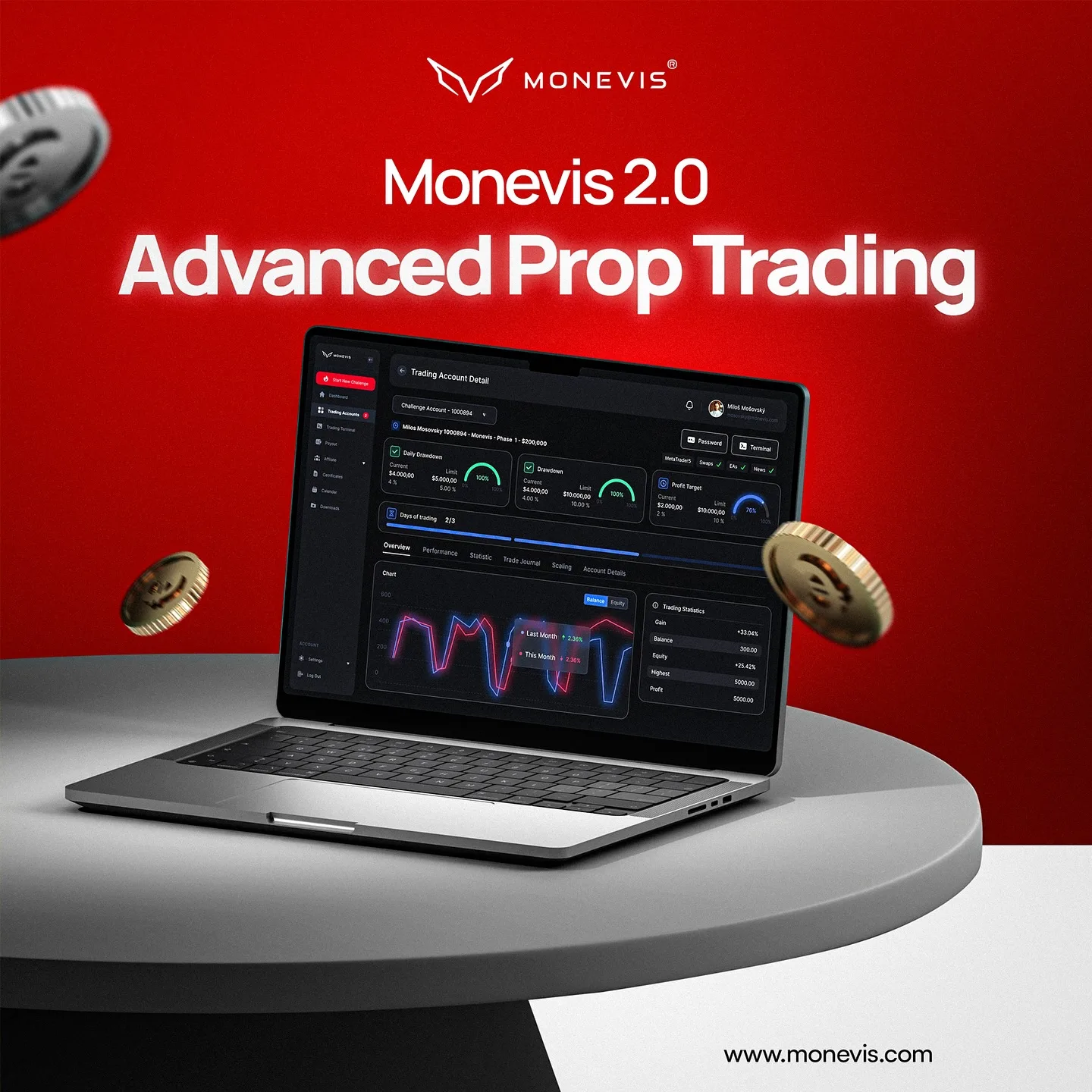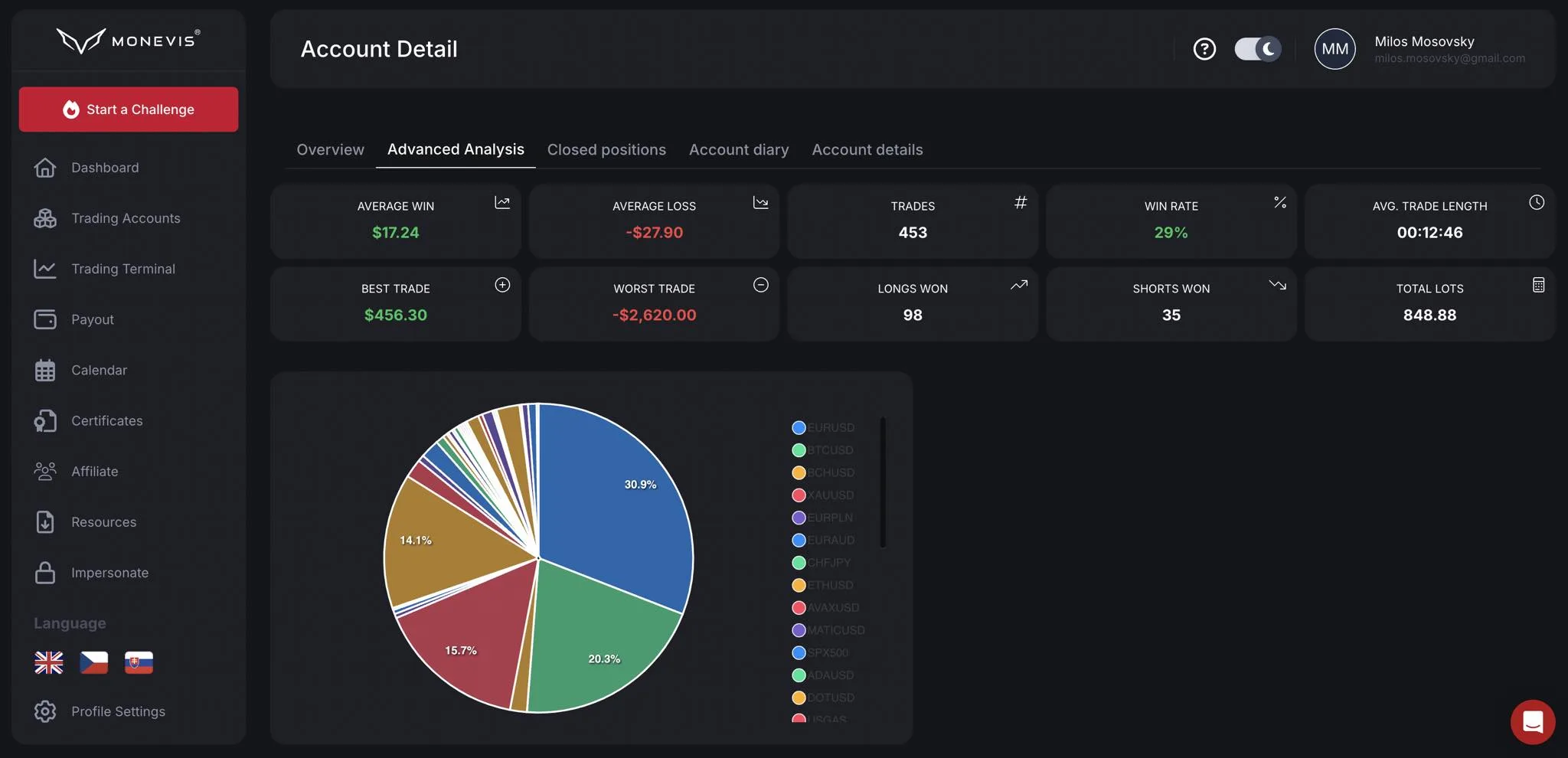ホット・ヒント:Monevis®でトレーディングの可能性を引き出す

Understanding Futures Trading: A Comprehensive Guide
Futures trading is an integral part of the financial world that helps to control volatility and bring stability to markets. It allows investors to secure price and manage risk, and provides a platform for speculation. This comprehensive guide will delve into the concept of futures trading, how it works, its benefits and risks, and how to get started.
What is Futures Trading?
Futures trading involves buying and selling futures contracts, which are legal agreements to purchase or sell a specific commodity or financial instrument at a predetermined price on a specific future date. The contracts are standardized in terms of the quantity, quality, and delivery time and location for commodities.
Futures contracts are traded on futures exchanges, which act as a marketplace between buyers and sellers. Some of the most popular futures exchanges include the Chicago Mercantile Exchange (CME), the New York Mercantile Exchange (NYMEX), and the London International Financial Futures and Options Exchange (LIFFE).
How Does Futures Trading Work?
In futures trading, the buyer of the contract agrees to purchase the underlying asset when the contract expires, while the seller agrees to deliver the asset at the expiration date. However, most futures contracts are closed before the expiration date, and the trading is done primarily for speculation or hedging purposes.
Futures contracts are marked to market on a daily basis. This means that at the end of each trading day, the futures contracts are settled to the closing market price. If the market price is higher than the price of the futures contract, the buyer makes a gain, and if it’s lower, the buyer makes a loss. The opposite is true for the seller.
Types of Futures Contracts
Futures contracts can be divided into two broad categories, commodity futures and financial futures.
1. Commodity Futures: These include contracts for physical assets like gold, oil, grains, and livestock. They are widely used by producers and consumers of these commodities to hedge against price changes.
2. Financial Futures: These include contracts for financial instruments like currencies, stock indices, and treasury notes. They are used by financial institutions and investors for hedging and speculation.
Benefits of Futures Trading
Futures trading offers several benefits, including:
1. Leverage: Futures trading requires a margin, which is a small percentage of the contract value, rather than the full payment of the contract value. This provides a high leverage since a small amount of capital can control a large contract value.
2. Liquidity: Futures markets are generally very liquid, meaning there are many buyers and sellers. This allows for quick entry and exit from positions.
3. Hedging: Futures contracts are an effective tool for hedging against price changes. Producers can secure a future selling price, while consumers can secure a future buying price.
4. Speculation: The high leverage and liquidity also make futures an attractive platform for speculators who aim to profit from price changes.
Risks of Futures Trading
Despite its benefits, futures trading also carries risks, including:
1. Leverage Risk: While leverage can amplify profits, it can also amplify losses. A small movement in the market can lead to a significant loss.
2. Market Risk: The prices of futures contracts are subject to market fluctuations. Uncertain geopolitical events, supply and demand dynamics, and economic indicators can result in price volatility.
3. Liquidity Risk: Although futures markets are generally liquid, in some situations, liquidity can decrease, making it difficult to exit a position.
How to Start Futures Trading
To start futures trading, follow these steps:
1. Education: Learn about futures trading, the different types of futures contracts, and the functioning of futures markets. Read books, attend seminars, and use online resources.
2. Choose a Broker: Choose a futures broker who provides access to the futures exchanges. Consider factors like trading platform, customer service, and fees.
3. Set Up a Trading Account: After choosing a broker, set up a trading account. You will need to fill out a form detailing your financial situation and trading experience.
4. Develop a Trading Plan: Develop a trading plan outlining your trading goals, risk tolerance, and trading strategies. Stick to your plan to manage your risks.
5. Start Trading: Start trading with a small amount of capital. Monitor your trades regularly and adjust your strategies as necessary.
In conclusion, futures trading is a powerful financial tool that provides opportunities for hedging and speculation. However, it requires a deep understanding and careful risk management. Therefore, educating oneself and developing a solid trading plan is crucial to succeed in futures trading.
ホット・ヒント:Monevis®でトレーディングの可能性を引き出す
